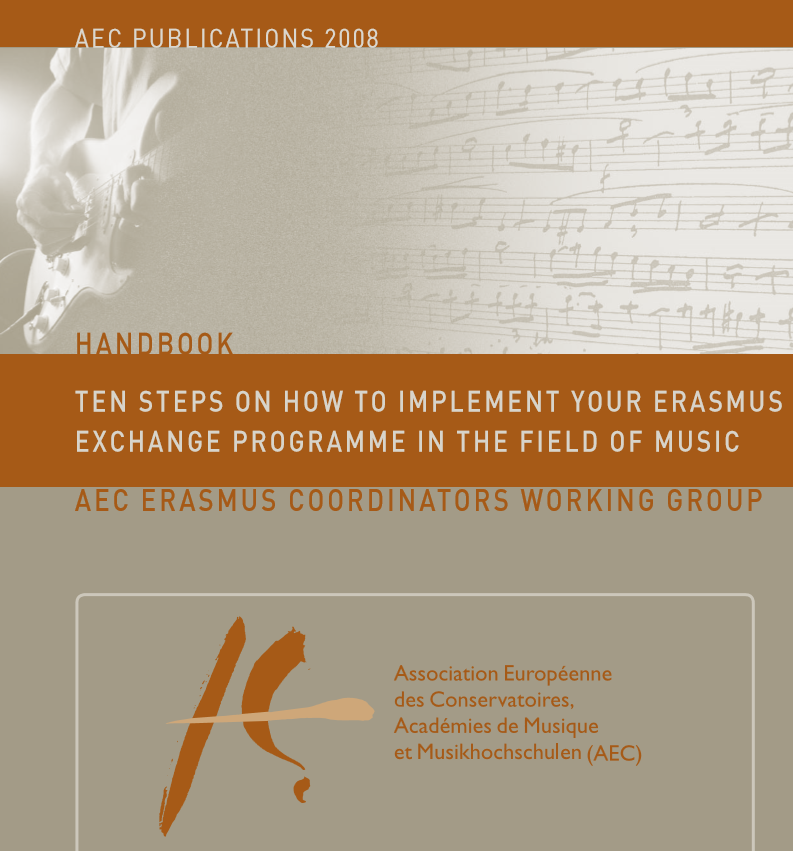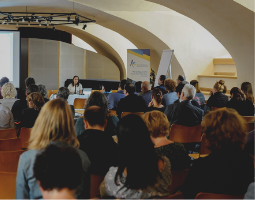The main activities in the ERASMUS exchange programme can be summarized as follows: • The mobility of students, teaching staff and other staff through study and training periods, and Intensive Programmes • Multilateral projects for curriculum development, the modernisation of higher education and the support to large networks
These activities can take place at different levels of intensity: they can range from small-scale bilateral one-to-one exchanges with an informal character to long-lasting cooperation initiatives that include several types of activities and are supported by formal agreements. The needs and capacities of the institutions involved determine the type of activity and the level of intensity. Please note that for the organisation of mobility (OM) financial support can also be received in the framework of ERASMUS.
These ‘Ten Steps’ are intended for institutions interested in initiating a broad range of activities, something beyond incidental exchanges. This does not mean that informal exchanges are less valuable. However, for institutions wishing to be engaged in activities that demand a more structured approach, such as regular, long-term student exchanges, the ten steps provide a useful set of issues and questions to consider.
These activities can take place at different levels of intensity: they can range from small-scale bilateral one-to-one exchanges with an informal character to long-lasting cooperation initiatives that include several types of activities and are supported by formal agreements. The needs and capacities of the institutions involved determine the type of activity and the level of intensity. Please note that for the organisation of mobility (OM) financial support can also be received in the framework of ERASMUS.
These ‘Ten Steps’ are intended for institutions interested in initiating a broad range of activities, something beyond incidental exchanges. This does not mean that informal exchanges are less valuable. However, for institutions wishing to be engaged in activities that demand a more structured approach, such as regular, long-term student exchanges, the ten steps provide a useful set of issues and questions to consider.
AEC Handbook - Ten Steps on How to Implement Your ERASMUS Exchange Programme in the Field of Music - EN.pdf
Download File






